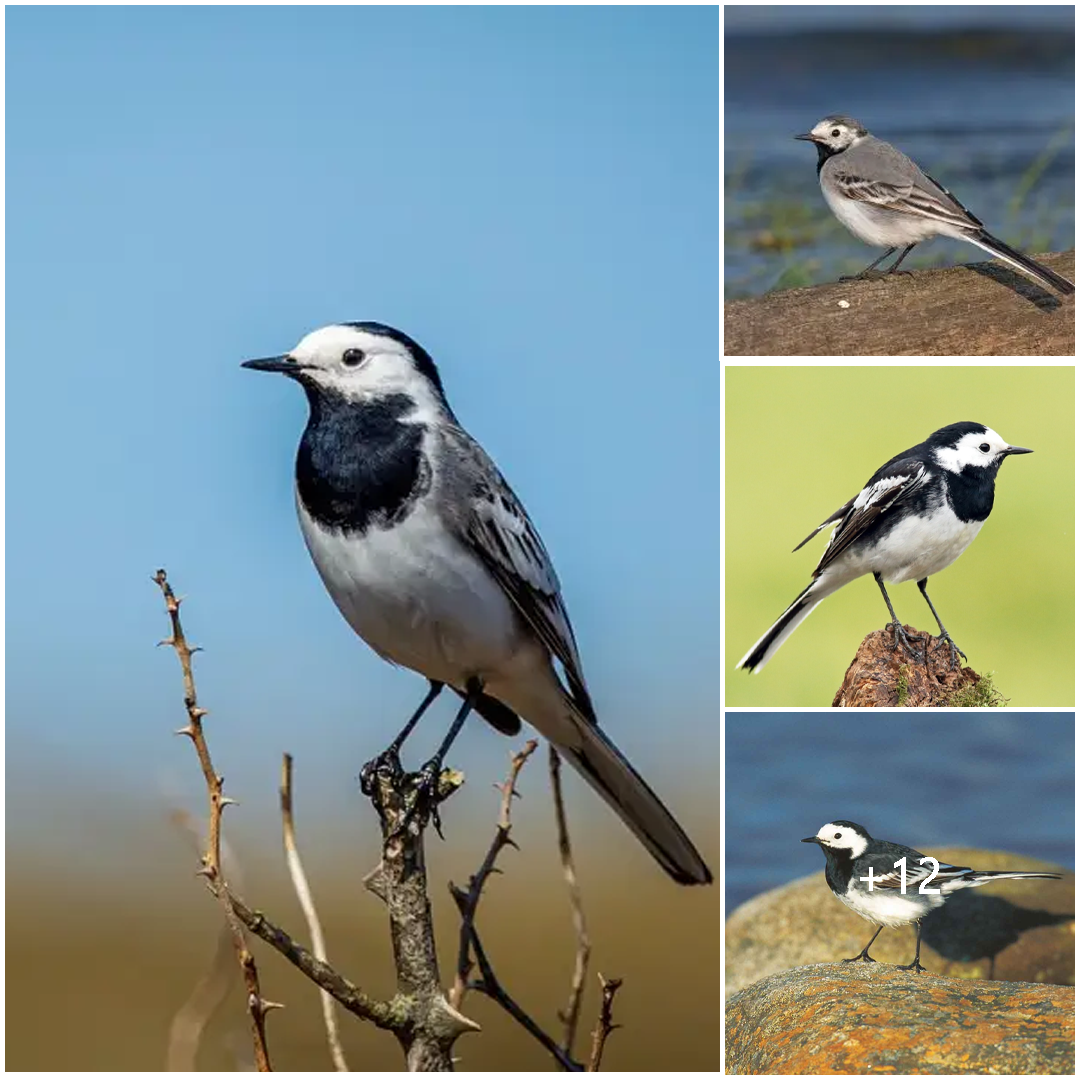
Wagtails: The Enigmatic Nomads of the Avian World
Wagtails, with their sleek, slender bodies and distinctive wagging tails, are among the most enigmatic and captivating birds in the avian world. Belonging to the family Motacillidae, wagtails are renowned for their nomadic lifestyle, agile movements, and melodious calls. In this article, we delve into the fascinating world of wagtails, uncovering their migratory behavior, habitat preferences, and cultural significance.
Wagtails are widely distributed across Europe, Asia, Africa, and Australasia, with numerous species found in a variety of habitats ranging from open grasslands and agricultural fields to urban parks and gardens. They are highly adaptable birds, capable of thriving in diverse environments and climates.
One of the most remarkable aspects of wagtail behavior is their migratory instincts, with many species undertaking long-distance journeys between their breeding and wintering grounds. Some wagtails travel thousands of miles each year, crossing continents and oceans to reach their destination. Migration is a perilous journey fraught with hazards, including adverse weather conditions, predation, and habitat loss, but wagtails have evolved remarkable navigational abilities and endurance to overcome these challenges.
Wagtails are primarily insectivorous, feeding on a wide variety of small invertebrates such as flies, beetles, and spiders. They are often seen foraging for food on the ground or along the shoreline, using their sharp eyesight and agile movements to catch prey.
In addition to their ecological importance, wagtails also hold cultural significance in many societies around the world. In some cultures, wagtails are believed to bring good luck and are associated with positive traits such as happiness, freedom, and vitality.
Despite their widespread distribution and adaptability, wagtails face threats from habitat loss, pollution, and climate change. Conservation efforts are underway to protect wagtail populations and their habitats, including the creation of protected areas, habitat restoration projects, and public awareness campaigns.
By understanding and appreciating the unique characteristics and cultural significance of wagtails, we can work towards ensuring their conservation and preservation for future generations to cherish and enjoy.





